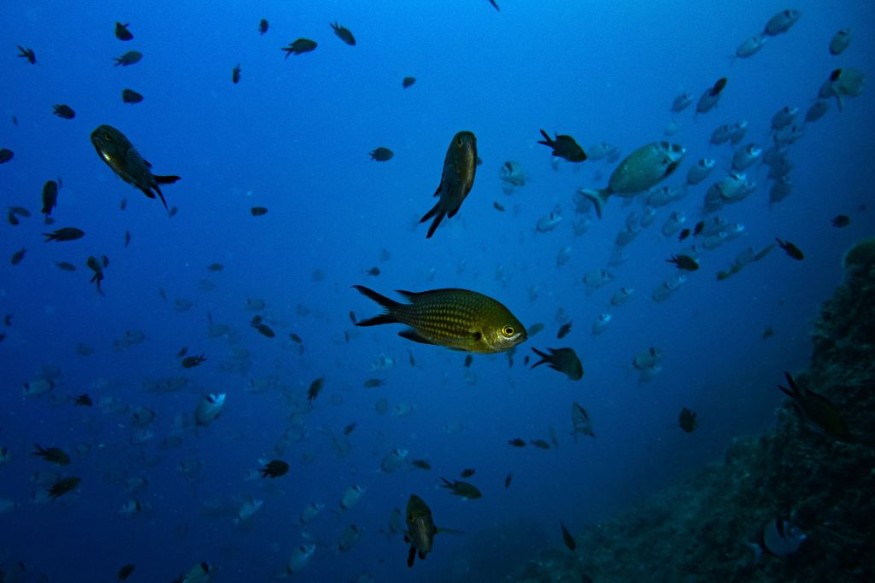A fish trap dating back 11,000 years ago was discovered in Alaska, making it the world's oldest stone fish weir and also revealing migration secrets in North America.
The discovery reveals the craftmanship of ancient humans when it comes to hunting and survival. While scientists have found other stone weirs in the state, they have confirmed the oldest fish trap was used by hunter-gatherers from Asia.
The stone fish weir found in Alaska is a small yet significant sign within a larger context, pertaining how and when the first Americans arrived in the continent.
Prevailing archaeological and anthropological evidence suggests Paleolithic hunter-gatherers passed through the Beringia land bridge from Northeast Asia and eventually entered North America; with Alaska being one of the initial landing spots.
World's Oldest Fish Trap

A scientific team from robotics companies Sunfish, Inc. and Sealaska Heritage Institute discovered the ancient fish trap in Shakan Bay, located west side of Prince of Wales Island in Alaska. The stone fish weir was first detected in 2010 using sonar and has been confirmed as being a fish trap.
The team established the date of the fish weir based on the current sea level reconstruction, discovering that it only functions during intertidal and the reconstruction of sea level changes revealed the depth of approximately 11,100 years ago, according to researcher Kelly Monteleone, an archaeologist from the University of Calgary, who told Newsweek.
Prior to the discovery, the oldest fish weir found was the so-called Sebasticook Fish Weir in central Maine, where a wooden stake dates back to 5,770 years ago after being radiocarbon dated. Other weirs in southeastern Alaska dates back to 3,000 years ago.
The weir makes it to be the oldest one has ever found and the first one to be a confirmed underwater trap in North America. The tool was used first after Paleolithic hunter-gatherers entered North America from the North Asian Mammoth steppe via the bridge. The inter-continental crossing is based on the Bering Land Bridge Theory, which suggests the area what is now Beringia was once an icy bridge.
Bering Land Bridge Theory
In 1590, the first written record about the Bering Land Bridge Theory was produced by Spanish missionary Fray Jose de Acosta, who indicated the existence of a natural structure resembling a land bridge.
Acosta rejected the postulations provided by his contemporaries, since the theory was widely debated among the thinkers and theorists during his time, according to National Park Service (NPS).
Instead, Acosta believed that Asian hunters crossed into North America through the land bridge or narrow strait located in the extreme north end of the planet. He though the bridge still existed during his lifetime, the NPS adds.
While the oldest fish trap was 11,100 years old, evidence have shown that the ancestors of Native Americans reached North America at least 20,000 years ago, a timeline some 5,000 years earlier than previously thought by many, according to the Smithsonian Magazine.
Related Article: Bering Land Bridge Could Have Been Inhabited for 10,000 Years
© 2025 NatureWorldNews.com All rights reserved. Do not reproduce without permission.





